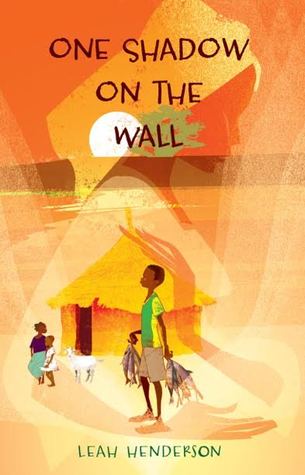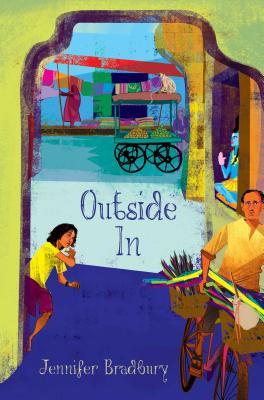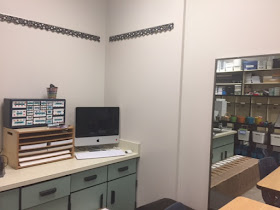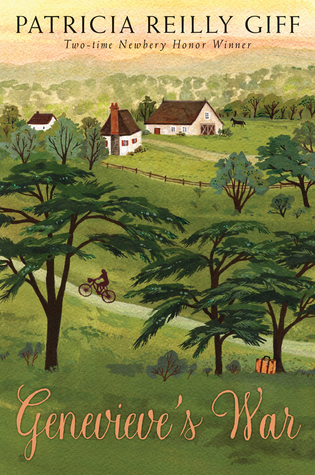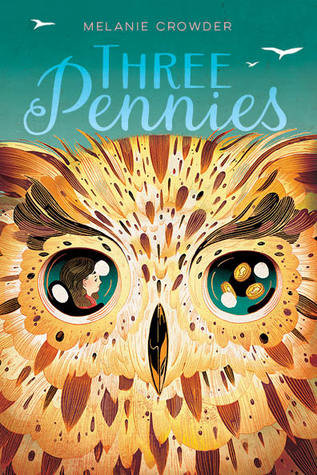 |
One of my brother's colleagues used a colander
to capture this stunning eclipse image. |
Choose Something Like a Star
By Robert Frost
O Star (the fairest one in sight),
We grant your loftiness the right
To some obscurity of cloud—
It will not do to say of night,
Since dark is what brings out your light.
Some mystery becomes the proud.
But to be wholly taciturn
In your reserve is not allowed.
Say something to us we can learn
By heart and when alone repeat.
Say something! And it says, ‘I burn.’
But say with what degree of heat.
Talk Fahrenheit, talk Centigrade.
Use language we can comprehend.
Tell us what elements you blend.
It gives us strangely little aid,
But does tell something in the end.
And steadfast as Keats' Eremite,
Not even stooping from its sphere,
It asks a little of us here.
It asks of us a certain height,
So when at times the mob is swayed
To carry praise or blame too far,
We may choose something like a star
To stay our minds on and be staid. (emphasis mine)
Was your Eclipse Day all you'd hoped it would be? Here in Central Ohio, we had, naturally, "some obscurity of cloud." Nonetheless, we experienced the dimming (similar to what comes with summer thunderstorms) and we could see the bite of the moon's shadow using the pairs of glasses we borrowed from a couple of support staff who came out while we were trying to get our pinhole viewers to work. We're looking forward to 2024, when Totality will be just north of us. (That is, if we manage to hold our planet together that long.) On one of the eclipse videos we watched, the narration ended by reminding us that rocks cast shadows on other rocks throughout the cosmos all the time. It's just that on ours, someone is here to notice it.

